All of which sounds a bit odd coming from an editor on All About Symbian - surely the Symbian OS is the bit that we all love to bits and the hardware is incidental? Well - it's true that most of us have an affection for Symbian, having grown up with it via Psion/EPOC/Nokia Communicator (ER6)/Series 60 and so forth, and (we hope) a certain comprehensive knowledge of how to make things work, but at least half our passion for the devices we review on All About Symbian comes from the hardware that has appeared through the years. Partly from Sony Ericsson/Sendo and even Samsung, but mainly from Nokia.
The sheer range of form factors, innovations, the breaking through of new areas of convergence, the choice of components, all make for a great match for Symbian and usually manage to appease the craving for shiny, new, 'different' gadgets that lies within all of us. Remember the Sony Ericsson P800? The Sendo X? The Nokia 9210? The N93? The N95? The E71? The N82? And, yes, the N8 and now E7 as well.
It's true that Nokia's designers have suffered from the 'always leave 'em wanting' syndrome, usually managing to miss out some crucial function or sub-system even on the best devices - but hey, maybe they just like to give us something to whinge about. But on the whole, most of the best phone hardware I've ever used has been made by the Finns.
Which was, as I say, brought home to me by my HTC Desire Z review for The Phones Show. I found the software nigh-on perfect, in terms of an Android implementation and having all the bits that anyone could ever want.
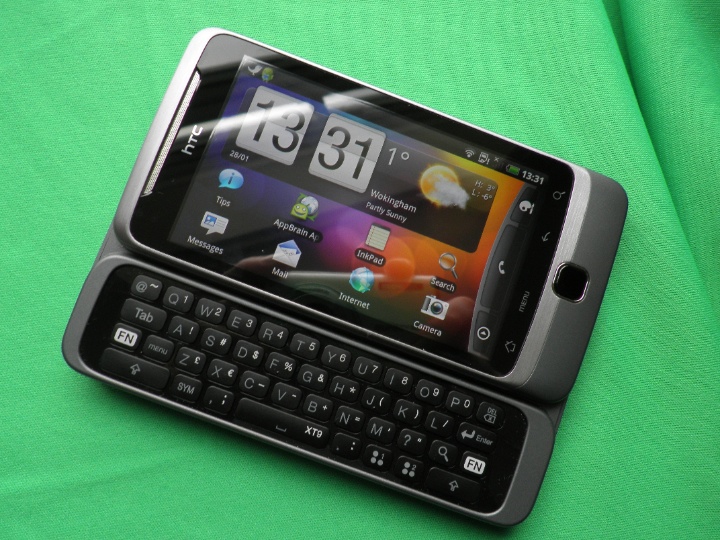
But boy did I lay into the hardware:
- The QWERTY hinge design was loose and wobbly (in contrast, the N97 and N97 mini had similar but rock solid hinges, with far better engineering).
- The speaker was very tinny and not that loud (almost every Nokia phone has better speakers, right up to the likes of the 5800 and X6 with almost boom-box-level output).
- The camera was completely hopeless in terms of quality and detail, far worse than that in the Nokia N95 from 2007, in fact it was at near 2005 levels.
- The screen tech used (LCD) looked old and unimpressive next to all the Nokia AMOLED screens from the last year or so.
- The key legends (pretty central in a QWERTY-focussed device) were grey on dark grey and very hard to read in many light conditions. Using white translucent plastic for the legends rather than grey would have helped enormously. Contrast to the white key legends on the Nokia E7 for example. Or even the white legends on the black N97 and N97 mini.
- The GPS receiver sub-system was appalling, far worse even than the Nokia N97's - I did a 50 mile road test. The N97 kept locked, the Desire Z lost GPS lock twice and each time I had to exit navigation to restore a lock. It's possible that this is a software glitch, of course, but it's also possible that the GPS is simply noisy or insensitive. Either way, it's hard to use at the moment.
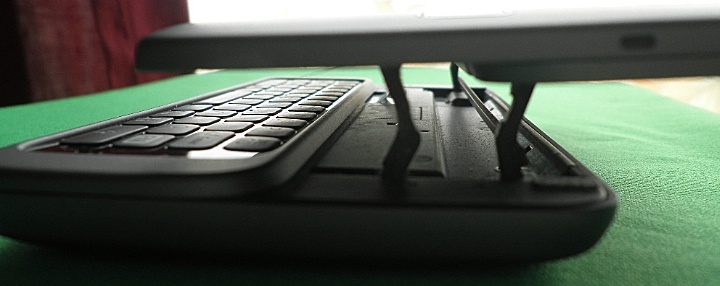
Several of these characteristics are pretty typical of HTC, its Nexus One and Desire and many more models have been the same. Poor hardware all round (cameras, speakers, screens, certainly).
What of other competitors? Motorola makes a pretty decent range of Android smartphones these days and make a better fist of things, with great build quality, generally loud and good quality speakers and slightly better cameras, though again screen technology is a weak point (they all use TFT) and the cameras don't really match up to most auto-focus Nokia units.
Sony Ericsson has been through hard times recently with its smartphones, shuffled from UIQ to Windows Mobile to Symbian^1 to Android and desperately trying to find a niche for itself. Build quality is generally pretty plasticky and screen technology has been last generation LCD and TFT so far. Sony Ericsson does have camera specialisms though and the Vivaz and X10 mini pro and others have all had usable units, plus acceptable speakers.
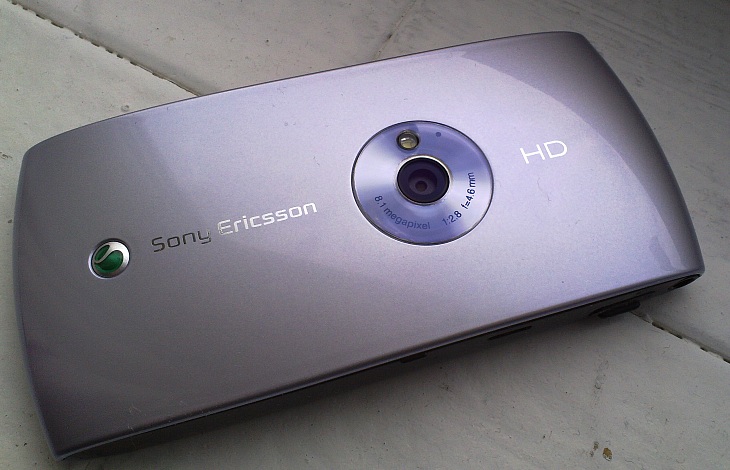
Apple arguably remains up with the best of Nokia for some of the core smartphone components - the camera in the iPhone 4 is better than that in all Nokia phones other than the N86 and N8, with good low light performance and acceptable 720p video, while iPhone speakers have always been up to the job and the IPS display used is as good as the Nokia N8 and C7's AMOLED in terms of all-conditions display contrast and brilliance, while offering higher resolution. However, the iPhone remains premium priced, so I'd argue that you should damn well expect all the above at the price you're paying (still often well over £500 on the open, unlocked market).
Now, don't get me wrong, Nokia has produced a few clunkers in its time, from flawed designs (N76, N93i) to poorly made components (N97 GPS and camera protector) to underspecified computer cores (N97, N97 mini, N96, and many more!). But with the current range of C6-01, C7, N8 and E7, I'd argue that (EDoF issues aside, watch out for my E7 review part 2 for more on that) Nokia's current hardware is right at the top of the heap.
Certainly the N8, which we reviewed in exhaustive detail, has been attracting compliments from all round the world, even from people who have become embittered about the slow development of the Symbian OS within:
- From the unibody shell to Gorilla glass screen to the use of anti-reflection AMOLED technology to the exquisite detailing around its buttons and camera island.
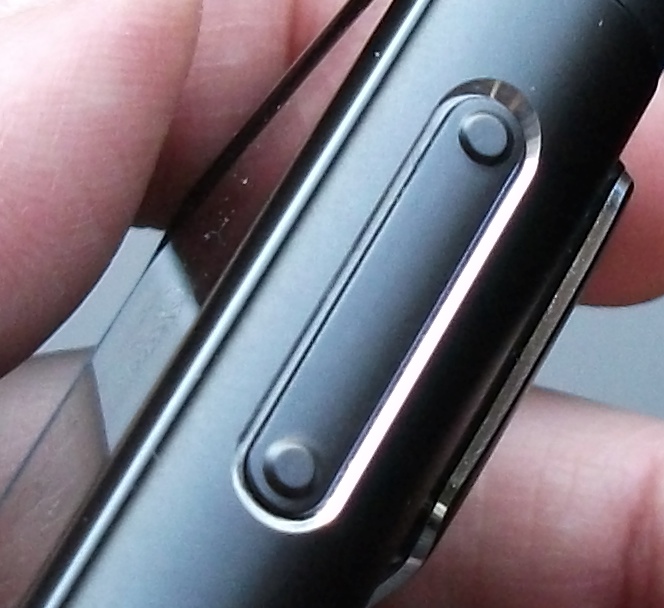
- From the incredible 12 megapixel camera with huge sensor and Xenon flash to the 720p video recording that can seemingly capture anything in your life without having any focus issues or hassles, to the multimedia display that can cope with almost any video format
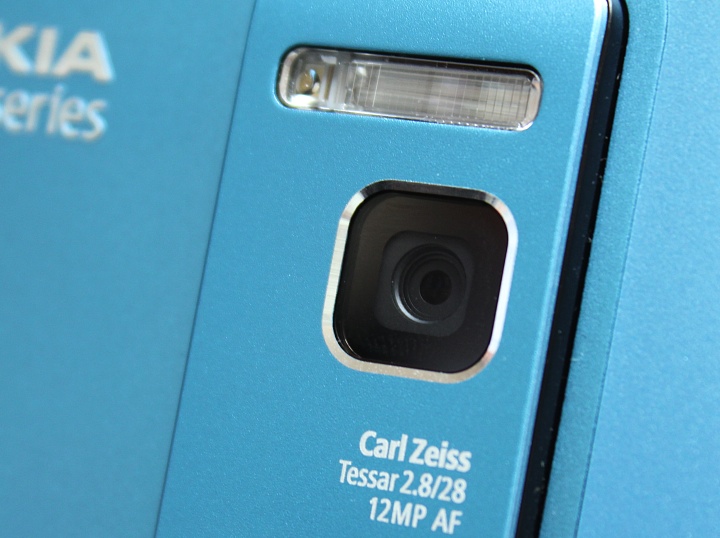
- From the range of radios available: GSM, pentaband 3.5G, FM transmitter, FM receiver, Bluetooth (3.0), Wi-fi b/g/n, GPS, to the connection possibilities, to USB disks, keyboards, mice to HDMI TVs.
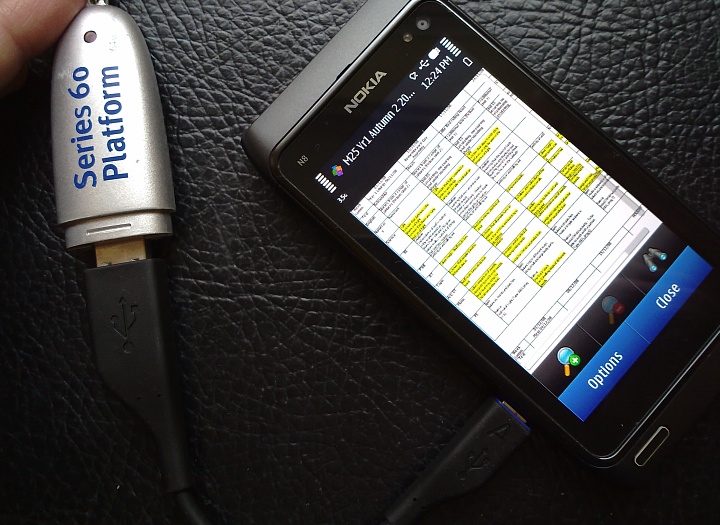
So forgive the praise (yes, I know even the N8's not perfect), but there simply has been nobody with a bad word to say about the N8's hardware. Which, I guess, is what prompted my follower's question last week: "if I had the choice between a Nokia N8 and an identical N8 (hardware-wise) running Android 2.3, which would I go for?"
It's a hypothetical question, to be sure. And I'm going to annoy everyone by answering (honestly) that it wouldn't matter - I'd be happy with either. Symbian^3 has its strengths: familiarity, multimedia, great games, maturity, good battery efficiency, but then Android would offer a wider range of apps, many cloud-based, super Google integration and greater customisation possibilities. As the football pundits would say, it's probably a score-draw.
A subsidiary (and also hypothetical) question might be whether I'd like an N8 running iOS (even more apps, simpler interface and smaller overall function set, not great at real world multitasking or customisation), WebOS (fewer apps, lovely interface, but immature), MeeGo (even more immature, not sure it'd work on a device in N8 form factor anyway?) or Windows Phone 7 (few apps, radical UI overhaul but very immature and missing things that Symbian was adding back in 2007, four years ago). That would currently be a 'No' then.
It was telling in my aforementioned Phones Show review of the Desire Z that I couldn't find anything wrong with the software (I pronounced it 'perfect'). Instead, I found all my gripes were about the hardware. I wouldn't go that far with the Nokia N8, as-is - its software could still do with the promised new browser and faster email, for example. But if the Desire Z scored 10/10 for software and 5/10 for hardware, I'd score the N8 at 8/10 for software and 10/10 for the hardware, so a far preferable smartphone overall.
In other words, as the software in our phones gets ever more mature, ever less buggy, ever more capable, for me it's all about the hardware, I need:
- a great camera and camcorder
- great build quality and reliability
- a loud, good quality speaker that I can use for podcast listening (or Internet radio) all day
- a brilliant screen that's also readable in all light conditions
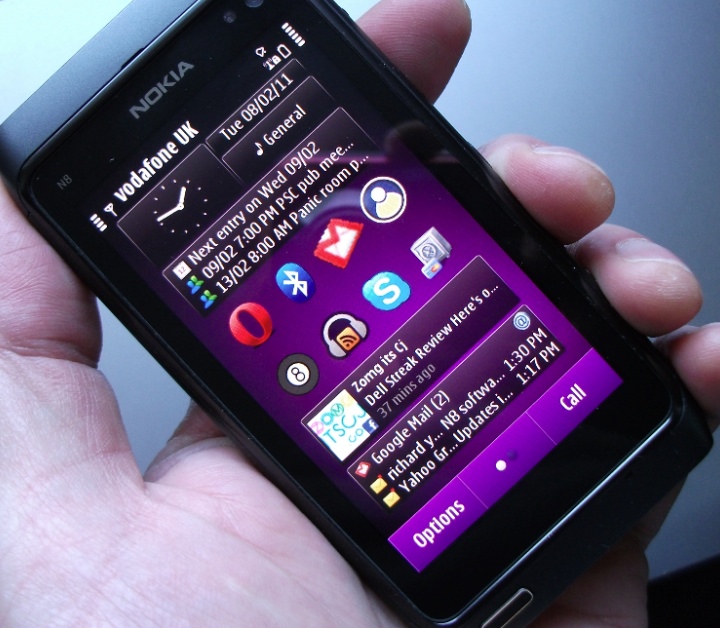
I mentioned yesterday in the comments to a story on AAS that with the N8 now up to PR 1.1 software and with everything I need configured perfectly, I've honestly never been happier with a single smartphone in my life. As is evidenced by the way my main SIM has been in the N8 for 99% of the time since I picked it up on the 30th September 2010. That's over four months with the same phone - almost unheard of for me.
So yes, it is (nearly) all about the hardware. For me at least, and the N8 has what I need in spades.
What about you? Does hardware also take precedence for you? Or does the OS drive your buying decision? Comments welcome!
Steve Litchfield, All About Symbian, 8 Feb 2011
